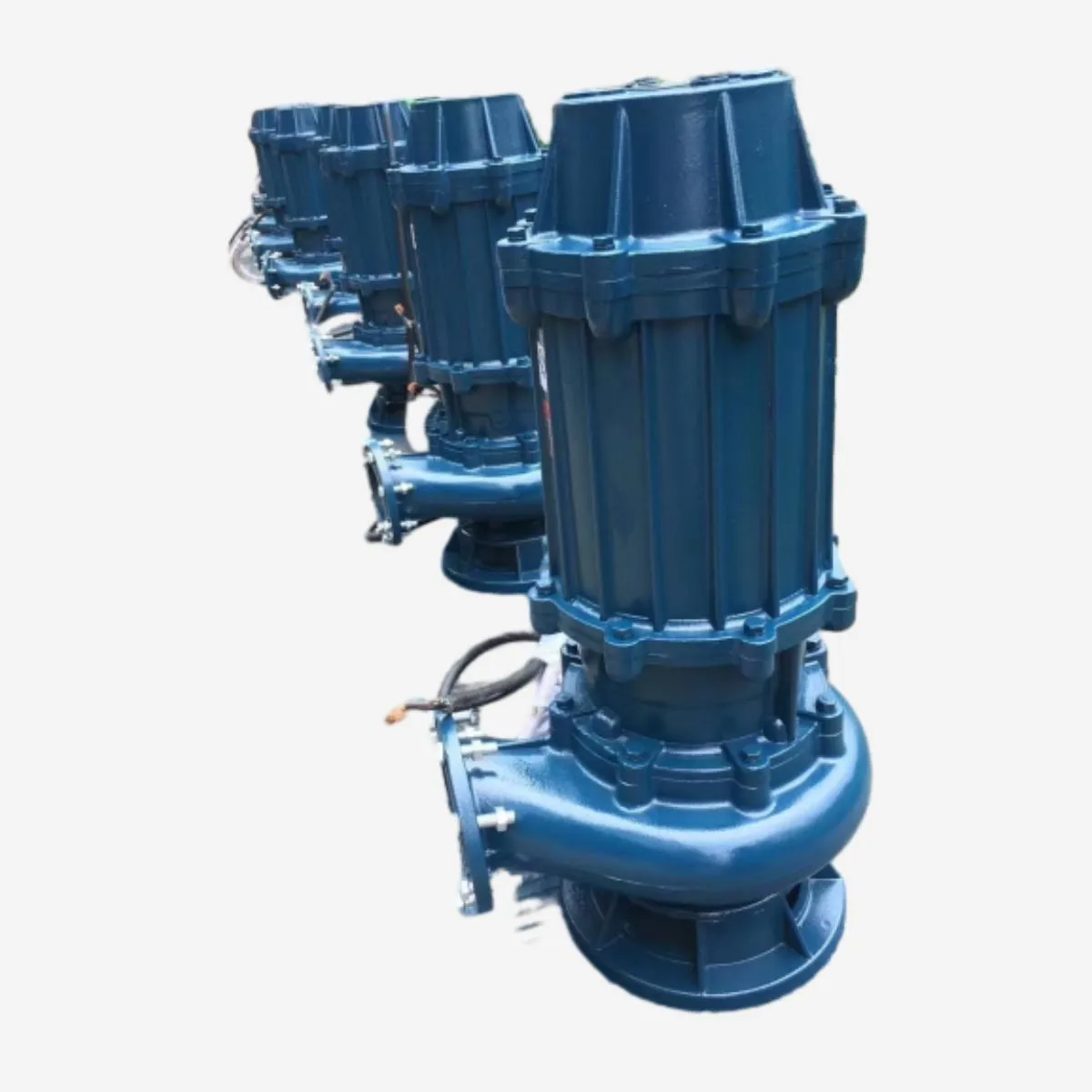English
- Afrikaans
- Albanian
- Amharic
- Arabic
- Armenian
- Azerbaijani
- Basque
- Belarusian
- Bengali
- Bosnian
- Bulgarian
- Catalan
- Cebuano
- Corsican
- Croatian
- Czech
- Danish
- Dutch
- English
- Esperanto
- Estonian
- Finnish
- French
- Frisian
- Galician
- Georgian
- German
- Greek
- Gujarati
- Haitian Creole
- hausa
- hawaiian
- Hebrew
- Hindi
- Miao
- Hungarian
- Icelandic
- igbo
- Indonesian
- irish
- Italian
- Japanese
- Javanese
- Kannada
- kazakh
- Khmer
- Rwandese
- Korean
- Kurdish
- Kyrgyz
- Lao
- Latin
- Latvian
- Lithuanian
- Luxembourgish
- Macedonian
- Malgashi
- Malay
- Malayalam
- Maltese
- Maori
- Marathi
- Mongolian
- Myanmar
- Nepali
- Norwegian
- Norwegian
- Occitan
- Pashto
- Persian
- Polish
- Portuguese
- Punjabi
- Romanian
- Russian
- Samoan
- Scottish Gaelic
- Serbian
- Sesotho
- Shona
- Sindhi
- Sinhala
- Slovak
- Slovenian
- Somali
- Spanish
- Sundanese
- Swahili
- Swedish
- Tagalog
- Tajik
- Tamil
- Tatar
- Telugu
- Thai
- Turkish
- Turkmen
- Ukrainian
- Urdu
- Uighur
- Uzbek
- Vietnamese
- Welsh
- Bantu
- Yiddish
- Yoruba
- Zulu
Telephone: +86 13120555503
Email: frank@cypump.com
Aug . 07, 2024 09:55 Back to list
Exploring the Advantages and Applications of Submersible Pumps in Various Industries and Environments
Understanding Submersible Pumps Functionality, Applications, and Benefits
Submersible pumps are a specialized type of pump designed to be fully submerged in the fluid they are pumping. Unlike traditional pumps, which operate above the fluid level, submersible pumps are placed directly into the liquid, making them highly efficient for a range of applications. This article explores the functionality, applications, and benefits of submersible pumps.
Functionality
The primary mechanism of a submersible pump is relatively simple yet effective. It consists of a sealed motor that drives the pump impeller, which draws the liquid into the pump and pushes it to the surface. The motor is often hermetically sealed to prevent any liquid from entering and causing electrical faults. Submersible pumps are typically powered by electricity, although some models may use alternative energy sources.
The construction of a submersible pump includes durable materials resistant to corrosion and wear, enabling it to work effectively in various environments, including dirty or abrasive fluids. The design promotes efficiency by employing a multistage impeller system, which allows the pump to create sufficient pressure to lift fluids several meters above ground level.
Applications
Submersible pumps boast a wide array of applications, making them essential in numerous industries. Some of the most common applications include
1. Wastewater Management Submersible pumps are frequently used in sewage treatment plants to transport wastewater. Their ability to operate submerged in dirty water makes them ideal for transferring effluent directly from the collection tanks.
2. Groundwater Extraction In agriculture, groundwater extraction is crucial for irrigation. Submersible pumps can efficiently extract water from wells, ensuring that crops receive adequate water supply.
3. Construction In construction sites, submersible pumps are used for dewatering. They help maintain a dry site by removing excess water that can hinder construction activities.
submergable pump

4. Residential Use Many homeowners use submersible pumps for draining basements, swimming pools, and flooded areas. Their compact design allows for easy maneuverability in tight spaces.
Benefits
The use of submersible pumps comes with a multitude of benefits
- Efficiency Because they operate submerged, submersible pumps can efficiently deliver fluids with minimal energy loss. Their design reduces the risk of cavitation, a phenomenon that can decrease pump performance.
- Versatility Submersible pumps can handle various fluids, including dirty, abrasive, and corrosive liquids, making them suitable for many applications.
- Space-Saving Design The compact nature of submersible pumps allows for installation in limited spaces. This is particularly beneficial where surface space is restricted.
- Low Noise Levels Since submersible pumps are placed underwater, they operate quietly compared to surface pumps, which can be a significant advantage in residential or noise-sensitive environments.
- Safety The design of submersible pumps ensures that the motor remains protected from the liquid being pumped. This reduces the risk of electrical hazards, making them safer to use in hazardous environments.
In conclusion, submersible pumps are an integral component across various sectors due to their unique design and multifaceted capabilities. Their efficiency, versatility, and safety features make them ideal for both industrial and residential applications. As technology progresses, the potential for submersible pumps will likely expand, leading to even more innovative uses in the future.
-
ISG Series Vertical Pipeline Pump - Chi Yuan Pumps Co., LTD.|Advanced Hydraulic Design&Energy-Efficient Solutions
NewsJul.30,2025
-
ISG Series Vertical Pipeline Pump - Chi Yuan Pumps Co., LTD.
NewsJul.30,2025
-
ISG Series Vertical Pipeline Pump - Chi Yuan Pumps Co., LTD.|energy-efficient fluid handling&industrial durability
NewsJul.30,2025
-
ISG Series Vertical Pipeline Pump - Chi Yuan Pumps | Advanced Engineering&Industrial Efficiency
NewsJul.30,2025
-
ISG Series Pipeline Pump - Chi Yuan Pumps | High Efficiency, Energy Saving
NewsJul.30,2025
-
ISG Series Vertical Pipeline Pump-Chi Yuan Pumps|High Efficiency&Reliable Performance
NewsJul.29,2025










